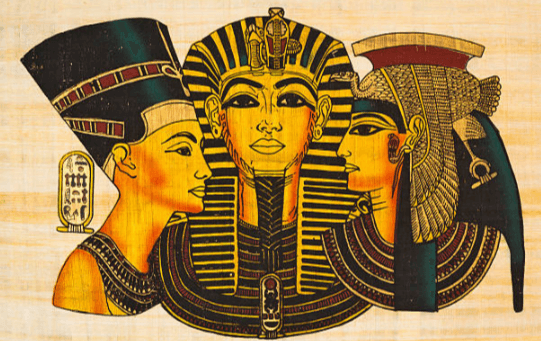Pharaoh:Aofix0wcjs8= Art:8cbjejz5xls= Egypt

The role of Pharaoh:Aofix0wcjs8= Art:8cbjejz5xls= Egypt transcended mere governance; they were seen as divine intermediaries who shaped the spiritual landscape of their civilization. This profound connection is vividly reflected in Egyptian art, which served not only as a means of expression but also as a vehicle for conveying complex religious and societal themes. Iconic pieces, such as Tutankhamun’s mask, encapsulate this intricate relationship, inviting further exploration into how these artworks continue to influence contemporary perspectives on power and divinity. What implications does this legacy hold for our understanding of leadership today?
Overview of Pharaohs in Egypt
The pharaohs of ancient Egypt were not merely rulers; they were considered divine entities, embodying the intersection of the human and the sacred.
The pharaoh dynasties, marked by their unique lineage, established a hierarchy of ruling powers that influenced every aspect of Egyptian society. Their governance was intertwined with religious beliefs, reinforcing their authority and perpetuating the notion of divine kingship throughout history.
Significance of Ancient Egyptian Art
Rooted in a complex interplay of religion, politics, and social structure, ancient Egyptian art holds significant cultural and historical importance.
Its symbolic representation of divine and earthly realms, coupled with sophisticated artistic techniques, served to communicate ideology and power.
Through meticulous craftsmanship, these artworks not only reflect societal values but also embody the enduring legacy of a civilization deeply invested in the afterlife and spiritual beliefs.
Read Also Food:01c7c4eqkna= Cron
Iconic Artworks and Their Meanings
Exploring the vast corpus of ancient Egyptian art reveals a wealth of iconic artworks, each imbued with profound meaning and cultural significance.
Hieroglyphic symbolism permeates these creations, serving as a conduit for divine representation and cultural narratives. Artifacts such as the mask of Tutankhamun and the reliefs of temples exemplify this interplay, conveying complex theological concepts and reinforcing the society’s reverence for the divine.
Legacy and Influence on Modern Culture
Ancient Egyptian art, with its distinctive iconography and intricate craftsmanship, has left an indelible mark on modern culture, influencing various artistic movements and disciplines.
Pharaoh symbolism, representing power and divinity, permeates contemporary design, literature, and film, serving as a source of inspiration.
Cultural references to this rich artistic heritage continue to resonate, affirming its enduring legacy in shaping identity and aesthetic expression globally.
Conclusion
The Pharaoh:Aofix0wcjs8= Art:8cbjejz5xls= Egypt, revered as divine rulers, wielded authority that transcended mere governance, intertwining their legacies with profound artistry. Ironically, while their reigns have long ceased, the art they commissioned continues to speak volumes, immortalizing narratives of power and spirituality. Ancient Egyptian artifacts, steeped in symbolism, serve as reminders that the societal values of a civilization can outlast its rulers, prompting a contemplation of modern leadership amidst the echoes of history’s most iconic figures.





